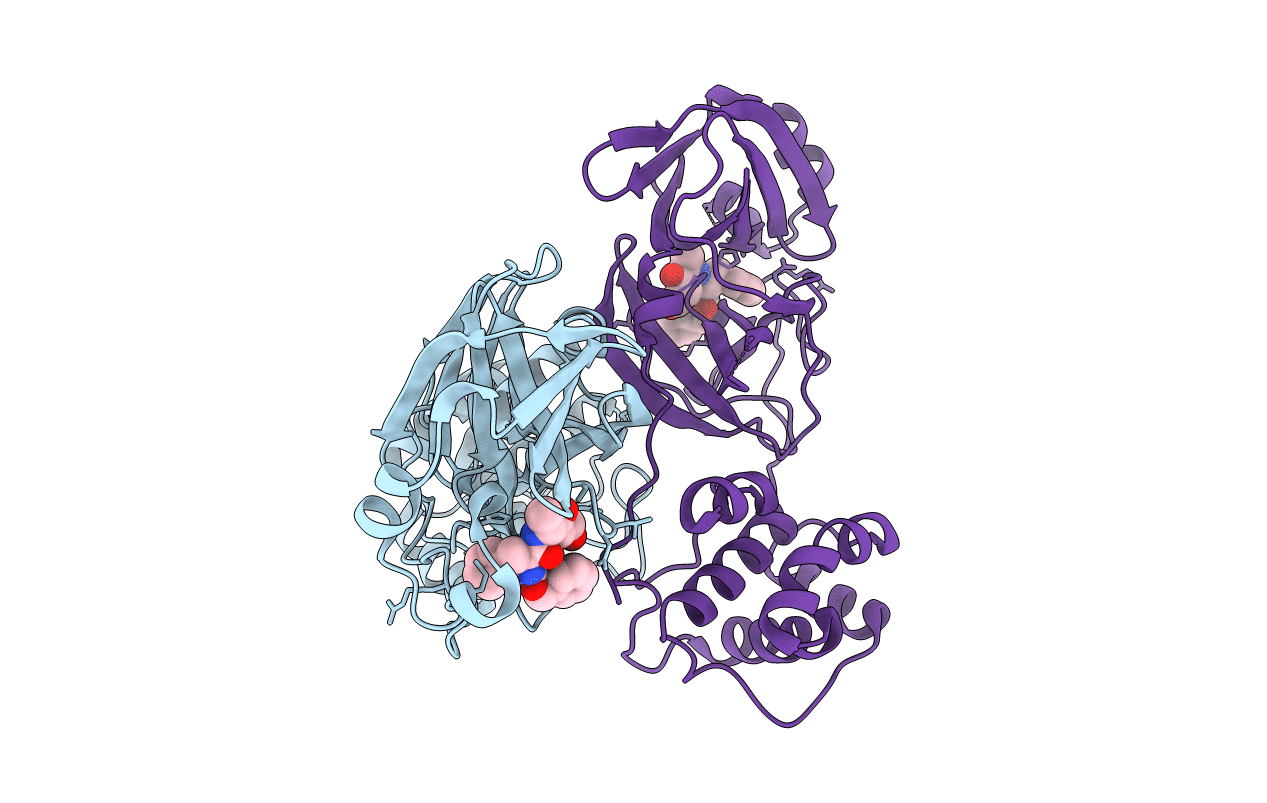
Deposition Date
2007-01-27
Release Date
2007-07-17
Last Version Date
2024-12-25
Entry Detail
PDB ID:
2OP9
Keywords:
Title:
Substrate Specificity Profiling and Identification of a New Class of Inhibitor for the Major Protease of the SARS Coronavirus
Biological Source:
Source Organism:
SARS coronavirus (Taxon ID: 227859)
Host Organism:
Method Details:
Experimental Method:
Resolution:
1.80 Å
R-Value Free:
0.20
R-Value Work:
0.17
R-Value Observed:
0.17
Space Group:
P 1 21 1


